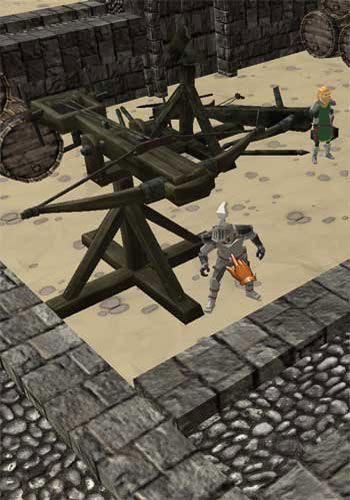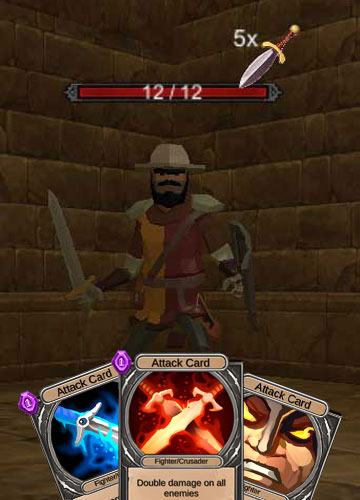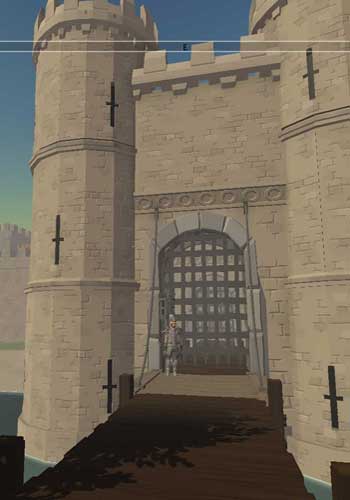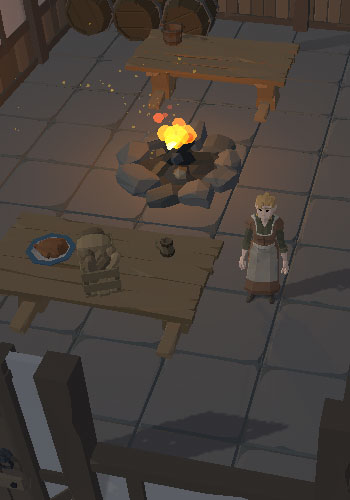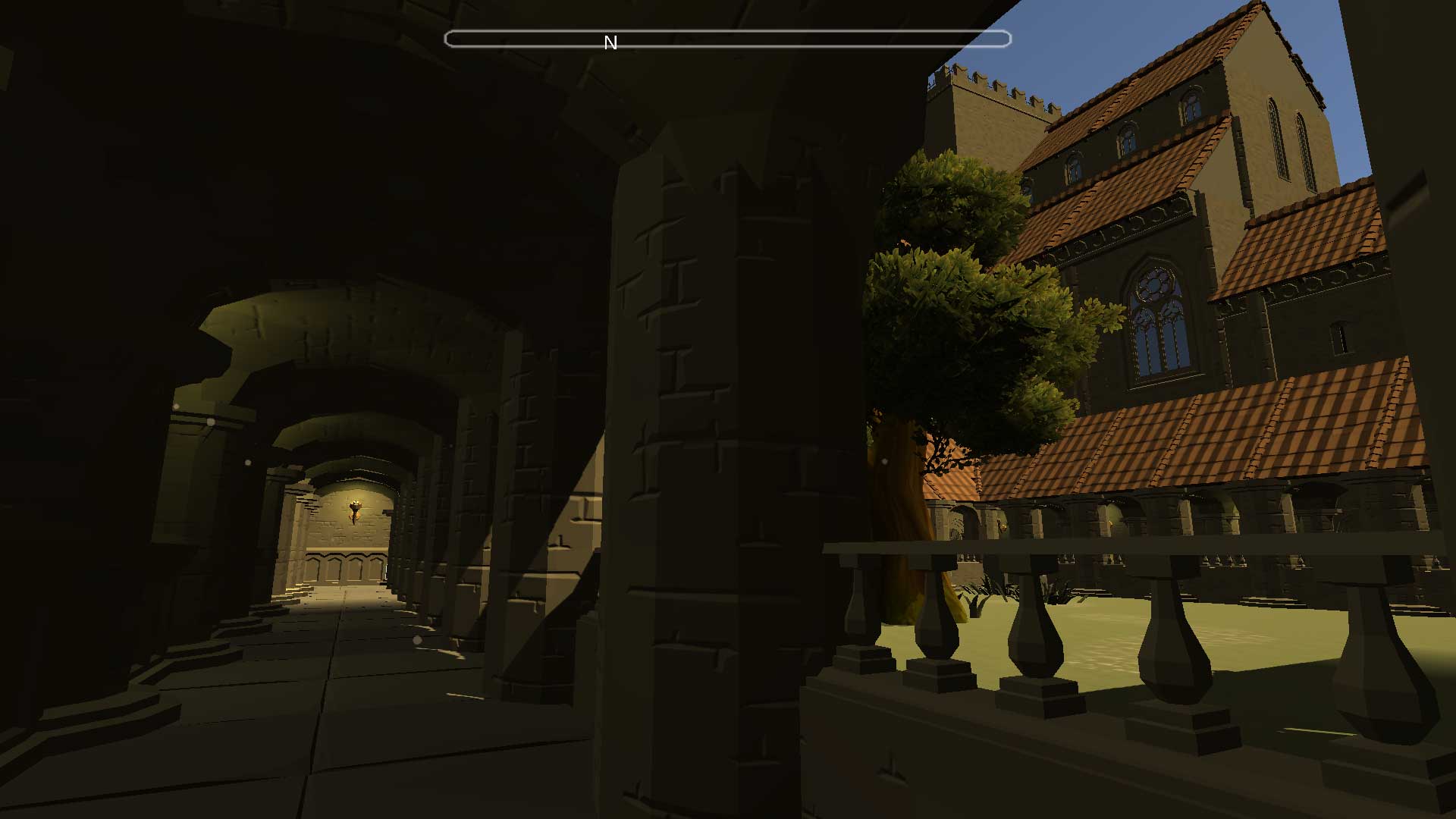Glossary of terms
Abbey: The A monastic community. Abbeys belonged to particular
orders, such as the Cistercians.
Abbot (male): Person in charge of an Abbey.
Abbess (female): Person in charge of an Abbey.
Almery: or Ambry or Aumbry. A box or cupboard for alms, or a cupboard
in the chancel for sacred vessels.
Almonry: The office of the Almoner where alms were distributed.
Benedictine: Order of monks founded by St. Benedict. Followed the
Benedictine Rule.
Canons: The chapter members. The people running the cathedral.
Chapter: The group of canons, with the Dean, who are the governing
body of a cathedral.
Chapter House: The building where the canons and Dean met each day to
hear a chapter of St Benedict's Rule read out and to conduct the business of the
abbey.
Cistercians: Order of monks, also know as the White Monks.
Cloister: The rectangular covered area around an open space (garth)
of a monastery or cathedral surrounded by covered walkways used for study and
meditation. A photograph of the cloister at Lincoln Cathedral.
Minster: Large church originally linked to a monastery.
Monastery: A community were monks or nuns worship God.
Monk: A man who has taken vows and joined a religious community.

 he most commonly used name used for a
religious community is 'abbey', but the terms 'monastery', 'nunnery' and
'convent' can also be applied. They all share the same feature of being
communities for men or women
who through several vows have devoted their lives to the service of God. A
monastery is a religious house where men (monks) live, while a numnery is where
women (nuns) live. The head of an abbey was either an abbot (male) or abbess
(female).
he most commonly used name used for a
religious community is 'abbey', but the terms 'monastery', 'nunnery' and
'convent' can also be applied. They all share the same feature of being
communities for men or women
who through several vows have devoted their lives to the service of God. A
monastery is a religious house where men (monks) live, while a numnery is where
women (nuns) live. The head of an abbey was either an abbot (male) or abbess
(female).
A Priory was a smaller religious house with a prior (male) or prioress (female) as its head. Priories were usually dependent on an abbey.
What useful purpose did Abbeys perform?
Abbeys were not just a place of worship. They provided many other purposes that were in great demand in the medieval period.
Record keeping
Important documents, charters and even treasures were held securely within the abbeys and to ensure charters could not be lost of accidentally destroyed, copies were sent to abbeys around the country. Documents were important and could prove ownership of land or prove lineage so that titles could be correctly applied. Kings used these records to show that they were the rightful heirs to the throne of England or Scotland for example.
Learning
Abbeys were a place of learning and education. Each would have had a person whose job it was to teach. Nobles would send their children to the abbeys to be educated.
Corrodies
Corrodies were sold by the abbeys and were used by nobles to ensure aging servants or poorer family members would be looked after by an abbey. In return, the abbey would provide the person with food and shelter for the rest of their lives. They could also be given roles within the abbey.
Hospitals and Refuges
An important role of an abbey was to look after the sick. But it also took in travellers in need of rest and food. Some abbeys took this role so seriously that they struggled to afford the amount of food that travellers required. Kings used the abbeys when they travelled around the country and as they were accompanied by many servants would have imposed greatly on the services the abbeys provided.
Local Economy
The economy of the area surrounding the abbey would have benefitted greatly. Trades of all kinds would have been required for the construction and upkeep of the buildings and lands. Farms would have provided food of all kinds. Fairs and markets would have attracted travellers from far and wide.
Origin of Monasteries
Long before monasteries existed individuals chose a life of solitude where God could be worshipped in a place of quietness far away from a world full of cruelty, anarchy and selfishness. These people were known as hermits and they lived far away from society in caves with no comforts at all.
Destruction and Revival
A series of Viking raids beginning in 802 resulted in the destruction of the monastery at Iona and the murder of many of the people there. The Vikings repeatedly invaded Britain looting the churches and monasteries for their riches and killing the monks. Monastic life in Britain almost completely died out during the period of the Viking raids and it wasn't until the end of the Alfred the Great's reign that things began to improve.
The building layout of medieval abbeys followed a common plan. An example of the plan is shown here. Many Cistercian and Benedictine abbeys were built in this way. Variations to the plan did occur where drainage and conditions of the site forced a change to be made. Abbeys of the Carthusian order were based on a different layout because the monks lived solitary lives in small cells with gardens arranged around a central cloister.
A List of abbeys by monastic order and by location.
Dissolution of the Monasteries
In England and Wales at the start of the sixteenth century there could have been up to 800 religious houses, but by 1540 Henry VIII had closed the vast majority and taken the buildings and land into royal ownership. Those abbots who stood up to Henry and refused to had over their abbeys paid with their lives.
Glossary
Abbey: The A monastic community. Abbeys belonged to
particular orders, such as the Cistercians.
Abbot (male): Person in charge of an Abbey.
Abbess (female): Person in charge of an Abbey.
Almery: or Ambry or Aumbry. A box or cupboard for alms, or a
cupboard in the chancel for sacred vessels.
Almonry: The office of the Almoner where alms were
distributed.
Benedictine: Order of monks founded by St. Benedict. Followed
the Benedictine Rule.
Canons: The chapter members. The people running the
cathedral.
Chapter: The group of canons, with the Dean, who are the
governing body of a cathedral.
Chapter House: The building where the canons and Dean met
each day to hear a chapter of St Benedict's Rule read out and to conduct the
business of the abbey.
Cistercians: Order of monks, also know as the White
Monks.
Cloister: The rectangular covered area around an open space
(garth) of a monastery or cathedral surrounded by covered walkways used for
study and meditation. A photograph of the cloister at Lincoln Cathedral.
Minster: Large church originally linked to a monastery.
Monastery: A community were monks or nuns worship God.
Monk: A man who has taken vows and joined a religious
community.

